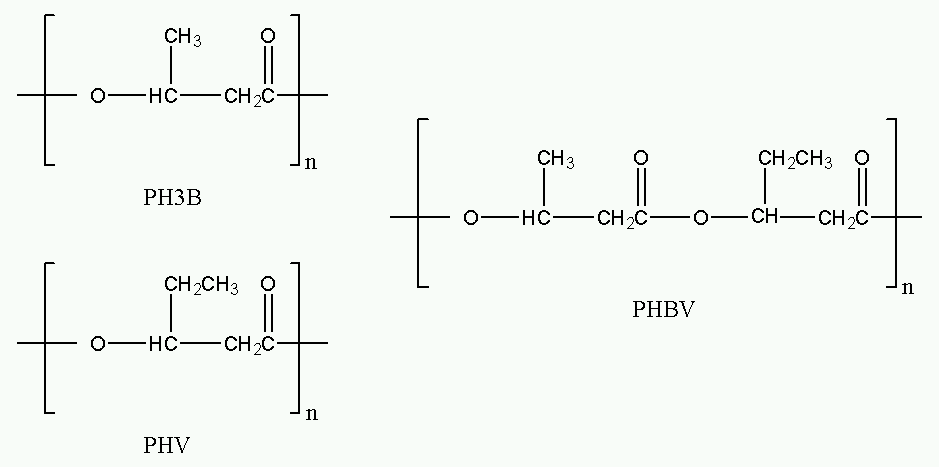Main-Product
- Product
- Polyhydroalkanoates
Product Categories, Description and Properties
- Segment
- Chemicals
- Main-Family
- Polymers
- Sub-Family
- Thermoplastic Polyester
- Link
Description
Your insights will be shown here
Properties
- Status
- A
- Unit of Measure
- Metric Ton
- Physical State
-
Solid
System Info
- Update by
-
 Kokel, Nicolas
Kokel, Nicolas - Last Update
- 9/17/2023 5:02 PM
- Added
- 9/17/2023 4:10 PM
Product Communicator
(*=Default)| Product | Title | Date | |
|---|---|---|---|

|
9/17/2023 |
| Products (Quick Access) | Abbr. | Default |
|---|---|---|
| Poly-3-hydrobutyrate | P3HB |








